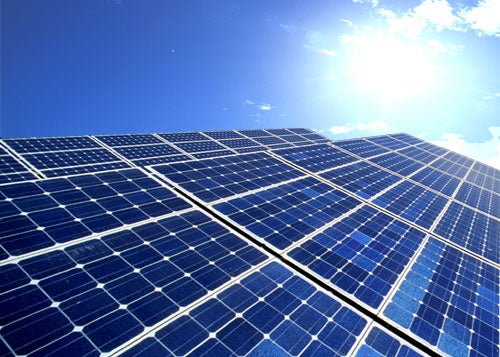Last year, the trade association for the utility industry, the Edison Electric Institute (EEI), published a whitepaper on the disruptive challenges facing the utility industry. In summary, EEI’s thesis was that the existing utility business model (centralized, fossil-fuel based generation) is under threat from on-site, distributed generation as more customers switch to cleaner, and often cheaper, solar power. The white paper poses an important question: How can utilities acquire the revenue needed to keep the electric grid humming and provide reliable power to all customers if a growing number of people are producing their own electricity?
In business, one of the most difficult problems that companies face is how to adapt a successful business model to technological or social changes that threaten that business model. Wang, Unisys, DEC and Amdahl were all big computer companies in the 1970’s that clung to an obsolete business model in the face of distributed computing. IBM and HP, on the other hand, adapted their business models and generally thrived.
Over the past year, we have seen several utilities tackling this challenge head-on by investing in distributed, renewable energy projects. In September, I wrote about how NextEra and NRG were voluntarily developing solar investments and how Direct Energy and Viridian were investing in solar installations developed by SolarCity.
Clean Power Finance (CPF), a company whose core strategy is to connect developers of residential solar installations with investors that want to profit from distributed solar projects, is working to scale investments in distributed generation. A couple months ago, I had the pleasure of meeting with CPF’s Senior Vice President of Corporate Development, Micah Myers, who, at the time, was optimistic that utilities would view his platform as a turn-key method to invest in these projects.
Recently, Integrys, a supplier of competitive energy solutions in the Midwest and Midatlantic states, affirmed Micah’s earlier prediction by announcing that they would invest in solar projects through CPF’s platform. According to Greentech Media, Edison International, Duke and NextEra have all also made direct equity investments in CPF. These types of partnerships led by CPF are a model for how utilities can modernize their energy infrastructure and transition their outmoded business models into the twenty-first century.
In Hawaii, another potentially innovative utility business model is unfolding. With abundant sunshine and the highest utility rates in the country, Hawaii has long been a leader in solar installations. Unfortunately, Hawaiian Electric Company (HECO), the local utility, has substantially slowed their pace of solar installations by citing safety and reliability concerns associated with large amounts of distributed generation.
Last year, the Hawaii legislature passed a bill that could both solve this problem and provide a new business model for HECO. Under the terms of the bill, HECO could earn premium rates of return by investing in technologies that expand the capacity of the power grid to safely accept increased solar generation. Examples of these clean technologies include energy storage, advanced grid architectures and automated demand response, which is an energy management tool that rewards participants for conserving energy during peak, or ‘rush hour’, times on the electric grid. While few investments have occurred to-date, we applaud Hawaii for helping their utility invest in the future rather than the past.
EDF looks forward to working with all interested utilities as their transfer from the fossil fuel-based business models of the past to clean energy strategies of the future.
By Brad Copithorne
Originally published: January 22nd, 2014

